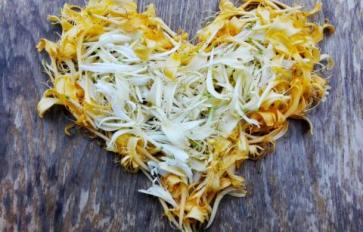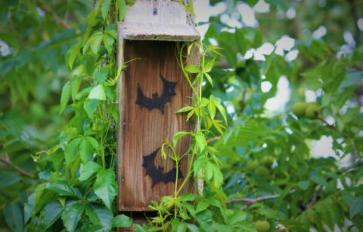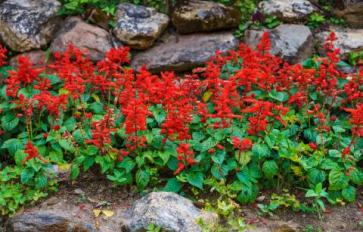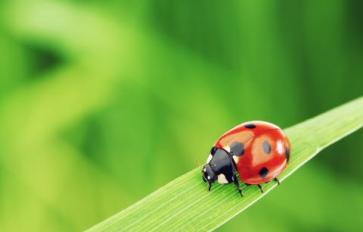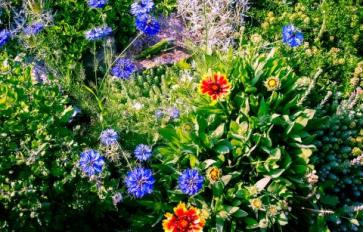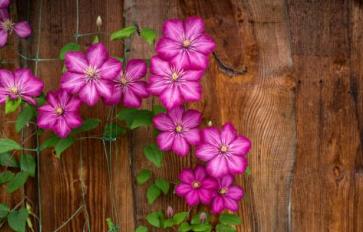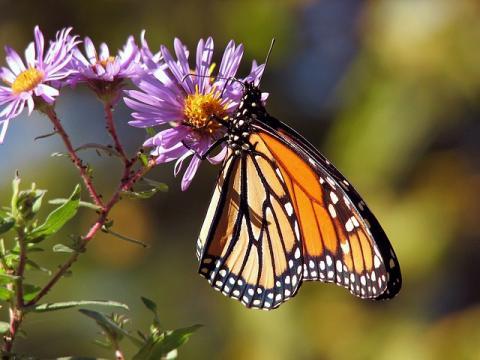
Monarch butterflies are truly one of nature's most marvelous creatures. They are the only insect that makes a 3,000 mile journey south for the winter. Unable to survive in frigid temperatures, they seek more favorable conditions. When they do, their winter resting place is a sight to behold.
Monarchs enchant the trees in a mass of orange and black. Thousands will fill up one tree. Not all monarchs, however, will make it to the warm climate of Mexico or Southern California for the winter. The grand journey is split up amongst four generations of monarchs. Only living 2-6 weeks – the first, second, and third generations will reach the end of their life cycle before the epic journey is complete.
The members of the fourth generation are the lucky monarchs that will see the south. To save energy, they rely on winds and thermal waves to guide their path. They are unique from other generations in that they will live up to nine months. And although they have a longer life span, their journey is not an easy one.
Environmental changes have put the monarch butterfly population in danger. Their numbers are dwindling fast due to habitat loss, drastic changes in weather, and loss of milkweed. As numbers decline, the risk of extinction becomes greater.
The monarch butterfly is a testament to the delicacy of nature and fierceness of survival. While the fight to restore the population will not be an easy one, it is not out of our grasps.
One act that supporters can do is to create a monarch habitat. Here are some tips on how:
- Plant Milkweed
Monarchs rely heavily on milkweed for survival. It is the food source of the caterpillar, and the host on which monarchs lay their eggs.
- Grow Nectar Plants
While monarchs rely on milkweed for survival, they also require nectar. Monarchs feed on nectar to gain energy for their long journey.
Some great plants to try are:
Sunflowers
Violets
Black-Eyed Susans
Zinnia
Petunia,
Flowering Dogwood Trees
- Eliminate the use of Pesticides
Pesticides are partly to blame for declining numbers.
- Make Puddles
Monarchs drink water from mud puddles. By drinking off the ground, they gain minerals.
By creating a butterfly friendly habitat in your backyard, you can help monarchs continue on their long journey between Canada and the U.S.
For more tips on how to turn your backyard into a habitat for pollinators, click here.


